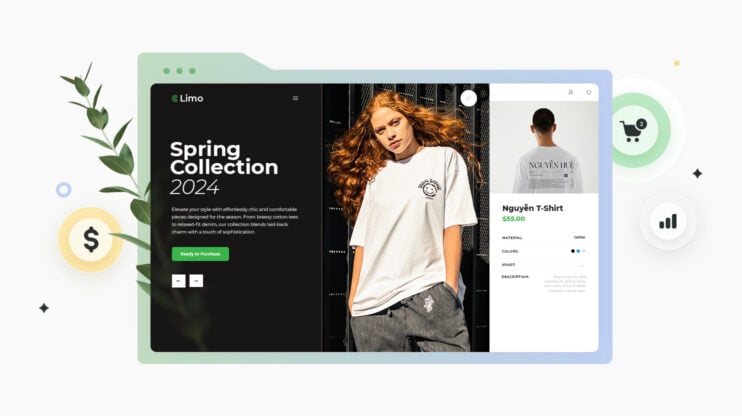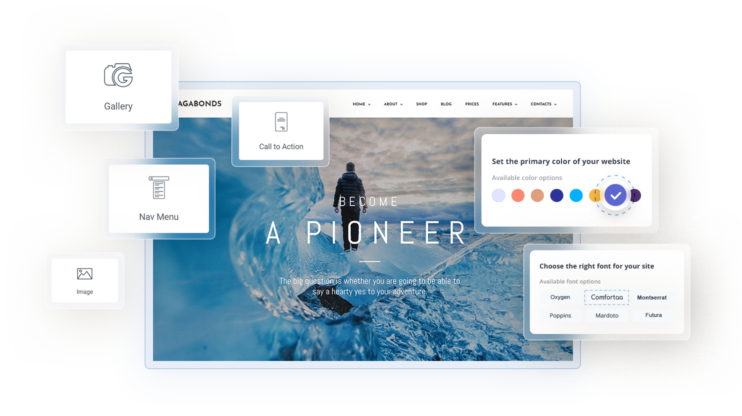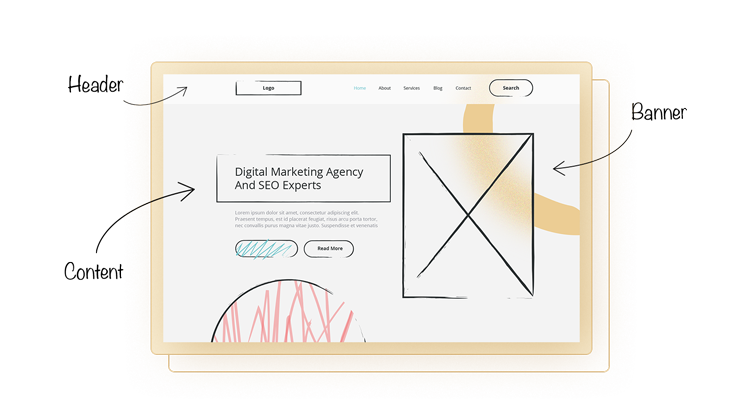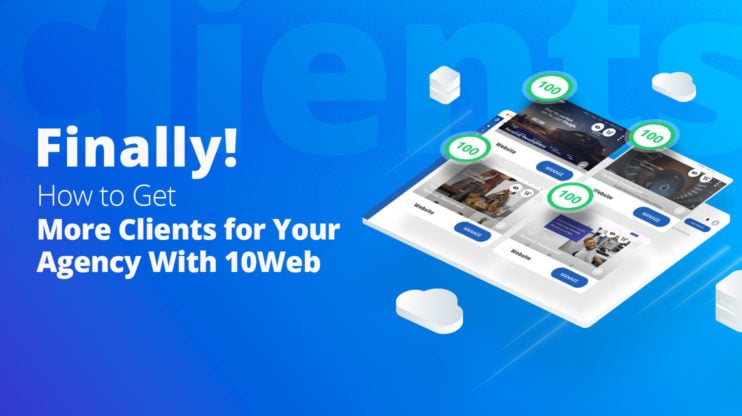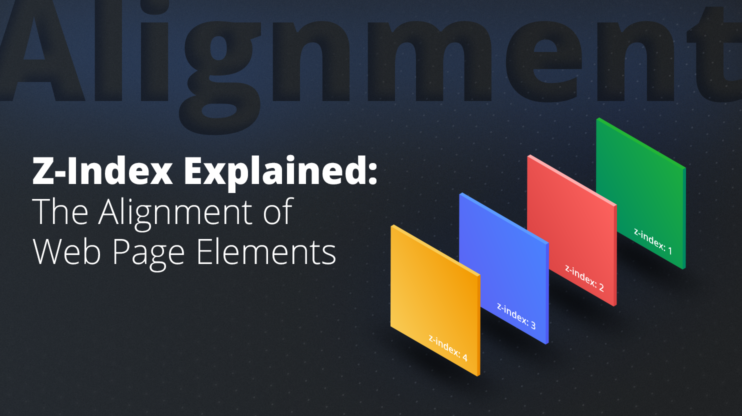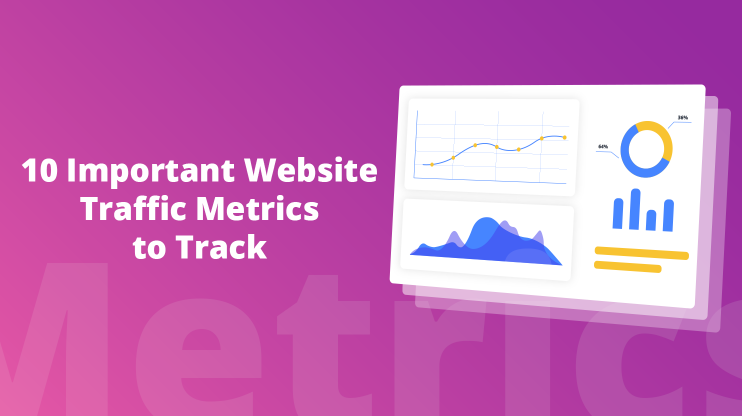You might be really good at what you do, but predictable income may still feel out of reach. Clients come in, work gets done, and on paper, you’re running a real agency. Behind the scenes, it’s a different story. Revenue swings wildly, you’re stuck quoting custom projects, and living from paycheck to paycheck.
This guide is here to change that. We’ll walk through proven strategies and tools to boost recurring revenue for agencies. These are not just ideas but systems you can start using today. The goal is simple: create stability, scale smarter, and finally stop wondering where next month’s money is coming from.
Why growing recurring revenue should be every agency’s top priority this year
Recurring revenue won’t just help you grow your bank balance. It’ll help you lower your stress levels, smooth out the chaos, and give yourself the freedom to plan. When you shift your agency from project-based work to monthly income, everything changes:
- You stop starting from zero each month.
- You stop burning out trying to “close one more deal.”
- You start building something steady, something scalable.
Spend five minutes on Reddit, and you’ll find agencies already doing it: offering maintenance retainers, bundling services into productized packages, or using white-label tools to spin up recurring offers. Some start with just one client and grow from there. Others build entire businesses around retainers and never look back. If they can do it, so can you.
6 recurring revenue models for agencies
If you want recurring revenue, you need recurring offers. The models below are the ones we see agencies use again and again, especially the ones sharing real stories on Reddit, in forums, and in private founder communities.
None of these are silver bullets, but each can become a stable income stream with the right delivery process and positioning. Paired with the right tools to boost agency recurring revenue, they become even easier to systematize and scale.
1. Maintenance retainers
A classic, and for good reason. Maintenance retainers are perfect if you’re already building websites or handling tech setups. They let you offer peace of mind: things like updates, backups, minor fixes, or plugin support that clients don’t want to deal with. Once a site is live, pitching a maintenance plan is a natural upsell. It’s simple to fulfill, easy to explain, and builds trust over time.
Common pricing: $99–$299/month per site. Includes core updates, backups, uptime monitoring, minor dev time, and maybe a report.
2. White label fulfillment
With white labeling, you can offer more services like website building, SEO, PPC, content, and more without hiring in-house. You manage the client relationship, and a trusted fulfillment partner does the time consuming part. It’s ideal for small agencies that want to act big, or solo founders who want to offer full-service packages without burning out. Tools like the 10Web Website Builder API, for example, let you white label site creation and hosting under your brand, perfect for bundling into monthly plans.
Common pricing: Pay $300–$800/month to the provider. Charge $800–$1,500+/month to the client.
3. Productized services
Productized services package your skills into fixed-scope, repeatable offers, like “1 blog post + 1 email/month” or “4 social media graphics.” They work well for creatives and marketers who hate scope creep and want predictable deliverables. Clients love the clarity, and you get to batch work, build systems, and avoid custom proposals every time.
Common pricing: $500–$2,500/month, Tiered packages work best (e.g., Starter, Growth, Premium).
4. Subscriptions (content, templates, resources)
Internal resources like swipe files, templates, reports, and dashboards can become a valuable monthly subscription when packaged the right way. These work best in niches where clients want to DIY but need help. You build once, keep it updated, and charge for access. It’s low-touch revenue that scales nicely once the content is built.
Common pricing: $29–$99/month. Higher tiers can include limited coaching or updates
5. Affiliate or SaaS reselling
You’re already recommending tools, might as well get paid for it. Affiliate or SaaS reselling is a smart add-on for agencies building websites, automation systems, or marketing stacks. Clients trust your recommendations, so this feels natural. Just be sure to stick with tools you actually use and can confidently support.
Common pricing: Recurring commissions of 20%–50% per referral. Some tools offer flat rates or tiered payouts.
6. Consulting or advisory packages
Clients value your experience. Turn it into a recurring offer like monthly strategy calls, audits, or ongoing Slack support.This is perfect for founders ready to shift away from execution-heavy work, or add a high-margin layer on top of it.
Common pricing: $1,000–$5,000/month. Depends on access level, business size, and meeting frequency
6 tools to boost agency recurring revenue
The right revenue models are only as effective as the tools behind them, the ones that help you deliver faster, automate better, and scale without extra overhead. Below are six tools that help agencies turn great services into sustainable recurring revenue streams.
1. 10Web Website Builder API
If you’re looking for a way to turn website creation into a recurring revenue stream, not just a one-time service, the 10Web Website Builder API is worth considering. It lets you offer AI-generated, fully editable WordPress websites under your own brand. You can integrate it directly into your service flow, portal, or onboarding process, and clients receive a live, hosted site in seconds.
What makes this tool especially useful for agencies is the flexibility it brings. You can:
- Offer instant website creation as an upsell or add-on to marketing and funnel packages
- Bundle it with hosting and ongoing support to create higher-value, higher-priced service tiers
- Launch new entry-level plans where clients start with an AI-built site and upgrade over time
- Streamline delivery for clients who need sites quickly without relying on internal dev resources
It’s built on WordPress, includes secure cloud hosting, automated backups, plugin management, and allows full customization, so you’re not locked into a limited site builder. And because it’s white-labeled, clients see your brand, not someone else’s.
How it boosts recurring revenue:
- Turn website creation into a fast, scalable service
- Bundle hosting, updates, and maintenance into predictable MRR
- Offer “starter site” plans for clients with lower budgets, then grow them
- Use it as the foundation for subscription-based services or platforms
Add scalable, AI-powered WordPress site generation to your product - under your brand, on your terms.
Launch branded websites at scale
2. Copilot (Client portal and billing)
Copilot helps you create a sleek client portal branded to your agency, where clients can access deliverables, messaging, invoices, and status updates. It reduces churn by giving clients a sense of control and visibility. Think of it as a simple way to productize your agency with less back-and-forth, and one of several tools to boost agency recurring revenue by improving retention and client experience.
How it boosts recurring revenue:
- Improves client experience = longer retention
- Centralizes communication and payments
- Makes monthly services feel premium
3. ClickUp (Project and delivery ops)
ClickUp is perfect for batching, templating, and tracking recurring work. It can be delivering SEO reports, weekly newsletters, or monthly social posts, ClickUp keeps your ops tight and your team in sync.
How it boosts recurring revenue:
- Helps standardize delivery for retainer services
- Templates and automations lead to more clients, less chaos
- Keeps your agency running lean
4. Zapier (Automation glue)
Zapier connects your stack: CRM, project management, email, and billing. It’s great for automating boring stuff like onboarding, follow-ups, report delivery, and even client check-ins. You get back time, and clients get smoother service.
How it boosts recurring revenue:
- Enables hands-free onboarding and delivery
- Helps scale retainers without scaling effort
- Reduces human error in recurring workflows
5. MailerLite (Email automation & retainers)
Agencies offering email marketing can use MailerLite to manage monthly content plans with features like segmentation, automation, and reporting. Easy for you to set up; easy for clients to see results.
How it boosts recurring revenue:
- Enables done-for-you email retainers
- Supports template libraries or drip campaigns
- Adds monthly “strategy + delivery” upsell options
6. HighLevel (All-in-one client platform)
HighLevel is for agencies that want to resell an entire funnel/CRM/email system under their own brand. It’s powerful but more involved, great for higher-ticket recurring packages or local client bundles.
How it boosts recurring revenue:
- Lets you sell monthly marketing “systems” as products
- Replaces multiple tools under your brand
- Built for white-labeling and client scaling
How to test recurring revenue business models in your agency
The best way to build recurring revenue is to test small, learn fast, and scale what works. So, instead of jumping into one solution, let’s take a look at five low-effort, high-impact ways to start using the right tools to boost agency recurring revenue and layer them into your existing services.
Add a recurring offer to your next proposal
Before you hit send on that next client quote, add a monthly option, something simple like maintenance, reporting, or content updates. Keep it optional, but visible. Many clients want ongoing support, they just need to see it’s available.
Bundle existing services into a flat monthly package
Clients paying separately for websites, hosting, and updates can be moved to a single monthly retainer. Combine these services, add value with extras like a monthly call or uptime monitoring, and present it as a simple, all-in-one solution.
Use the Website Builder API to create a new entry-level offer
If you’re targeting startups or smaller clients, “instant website + hosting + support” can be a powerful package. It helps you serve a price-sensitive segment without burning resources, and opens the door for future upsells. You can do this with the Website Builder API without adding to your development cost.
See how easy it is to integrate AI website generation into your platform!
Request your API demo now
Templatize one recurring process this week
Pick something you do often like onboarding, email setup, or monthly reporting, and turn it into a reusable template in ClickUp or Notion. Small systems reduce friction and make scaling your retainers way easier.
Pitch one existing client on a monthly upgrade
Choose a client who already trusts you. Offer a recurring add-on like monthly strategy calls, lead tracking, or simple design tasks. Frame it around results, not effort. “We’ll meet monthly to optimize results” sounds better than “you’ll get two hours of my time.”
Ready to grow something more predictable?
Recurring revenue is directly linked to building predictable value for your clients. When clients know what to expect and feel supported month after month, they stick around. When your systems are built to deliver that value consistently, you stop waking up feeling like every month starts from zero.
The tools and models we’ve covered here aren’t just about making money, but creating space to plan ahead, take on better-fit clients, and build something that lasts. If you’re serious about using these tools to boost agency recurring revenue, start small. Test one idea. Try one offer. Automate one process.
For agencies looking to offer more without increasing workload, the 10Web Website Builder API is a practical place to start. It helps you turn site builds into scalable, recurring packages, so you can grow revenue without adding complexity.
Add scalable, AI-powered WordPress site generation to your product - under your brand, on your terms.
Launch branded websites at scale
FAQ
What’s the best service to start with if I want monthly revenue? Do I need a full tech stack before getting clients? How do I differentiate my agency from the thousands already out there? What KPIs matter most to clients for SEO/Google Ads? How do I build a lean team with contractors and still offer full-service? What’s the best way to structure bundled offers (ads + funnel + landing pages)? How do I avoid churn and build multi-year client relationships?







